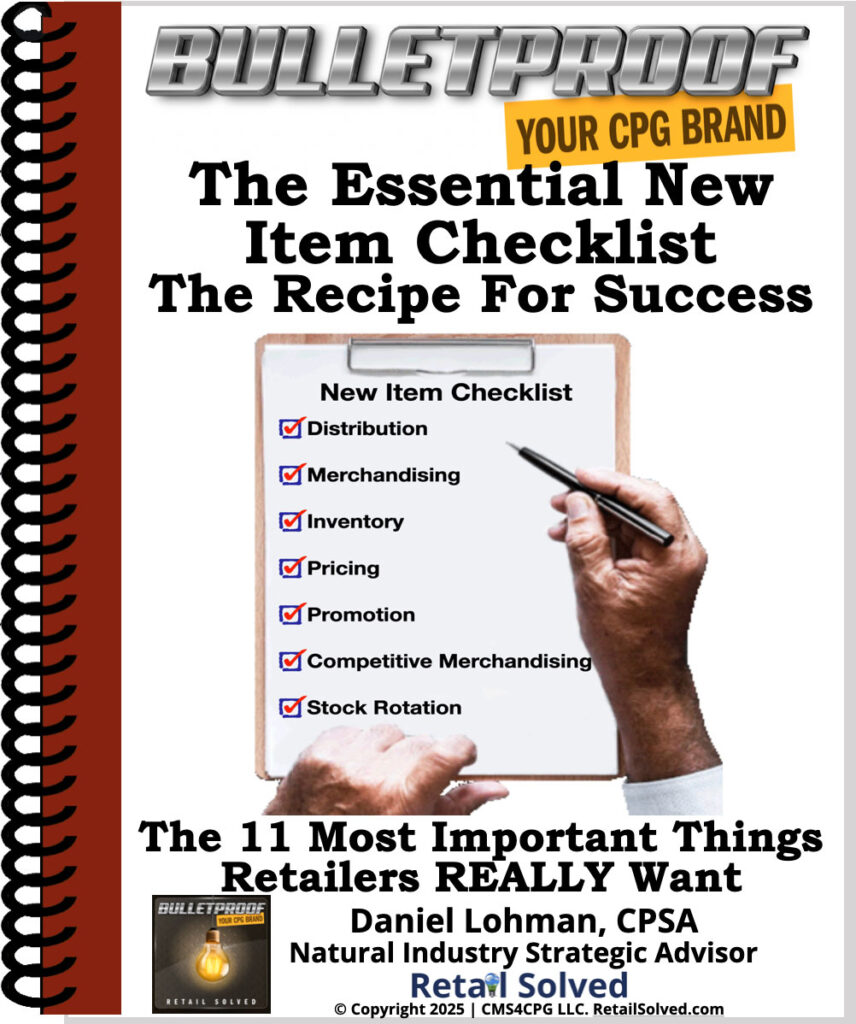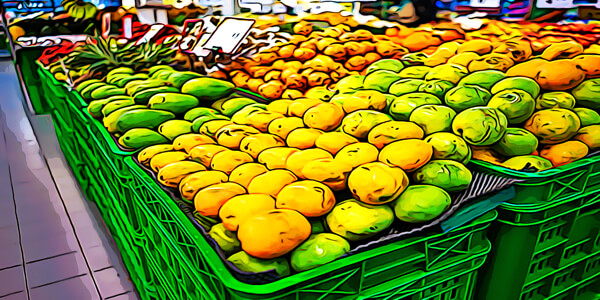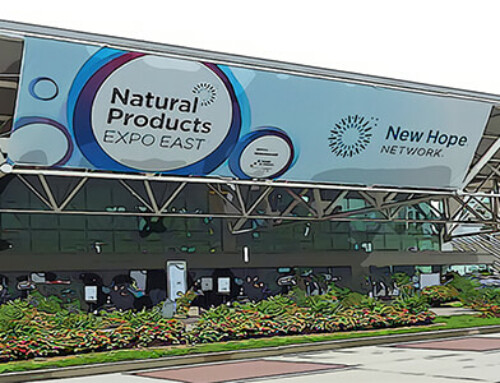A retailer’s product assortment will help define the store’s mission and their unique value proposition — how they differentiate themselves in the market.
• Have you ever wanted to maximize your product assortment?
• How do you choose the right assortment to generate increased foot traffic when you have a limited space?
• How do you choose the right mix of items to make your store stand out in a crowded market place?
• What tactics or strategies generate the highest return on investment in each category?
Assortment refers to the variety of items on the retailer’s shelf. The right assortment can give a retailer a competitive advantage by offering consumers items they want and need. While each assortment should include top selling items in the market, it can also be a point of differentiation highlighting a retailer’s particular niche.
The right assortment will contain both brands and private label offerings for each category. Private label is a brand that typically has the retailer’s name on the package. Private label typically offers the retailer a greater margin with a reduced price point compared to the national brands.
National brands drive traffic to the retailer through their marketing and advertising. National brands promise consistency and the very best quality available. National brands also generate excitement in the category through their promotional strategy both at the retailer and nationally.
The biggest challenge for any retailer is determining the right assortment and the right product mix for each category. Too few items and customers won’t want to shop your store because of your limited offering. Too many items create other issues like out-of-stocks and having items with slow turns or low movement.
There are several methods to balance this equation and offer your consumers the right mix of what they need while providing the right margin or revenue stream for the retailer. Remember it’s all about foot traffic and what your customer puts in their shopping baskets.
The Pareto curve is perhaps the most basic but easiest to understand assortment model. It’s the 80/20 rule. Twenty percent of your items are responsible for 80% of your sales and vice versa. The Pareto curve calculates the cumulative dollar share of every item in the section and then plots their performance on a graph. While this initial data is helpful in creating the best assortment, there are hidden pitfalls in this methodology.
Read the rest of the article on Whole Foods Magazine

The Essential New Item Checklist – The Recipe For Success
Want A Competitive Edge? The Recipe For Success
New product innovation is the lifeblood of every brand. New products fuel sustainable growth, attract new shoppers and increase brand awareness. Learn the critical steps to get your product on more retailer’s shelves and into the hands of more shoppers. Maximizing your trade marketing can pour rocket fuel on your launch.
Image is the property of CMS4CPG LLC, distribution or reproduction is expressively prohibited.





